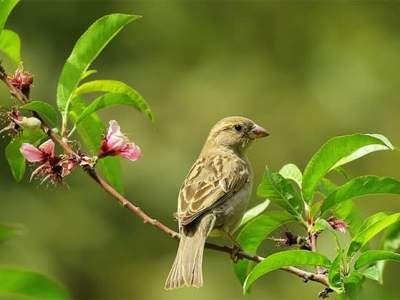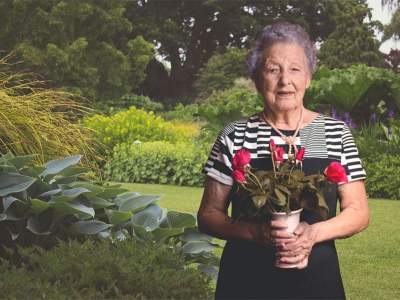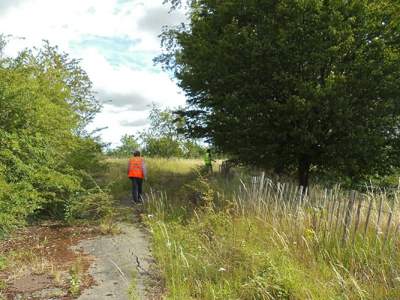
Liverpool residential property case study
If you’re a keen nature-lover like our client Janet, read on the learn how Japanese knotweed harms other species.

Ragwort is a biennial plant, meaning it flowers in its second year. It has clusters of yellow flat disc flowers and feathery leaves. Although favoured by some species of moths and caterpillars, it is extremely poisonous to livestock and horses.
Flowering from June to October, Ragwort can grow up to 90cm high and will flourish in a variety of soils, including poor quality land, wasteland, beside motorways and roadsides.

Hoary Ragwort with green foliage

Close-up of Ragwort flower heads and buds

Close-up of ragwort leaves

Example of how Ragwort can take over an entire field. Flowers in full bloom, some with seed (white fluffy fruit) ready to be dispersed by the wind.

Field of invasive Ragwort, growing along side Hogweed.
Groundsel is another species of Senecio, (Senecio vulgaris) which is similar to ragwort but with rayless flowers (lacking petals), rather than the sprays of yellow flowers produced by ragwort seen in these pictures.

Howard Downer, AKA Dr. Knotweed, has over 20 years of experience as an Environmental Consultant and is regarded by his peers as one of the most knowledgeable people in the Japanese knotweed industry.
Follow Dr. Knotweed to hear about the latest developments regarding Japanese knotweed and the implications of infestation.

If you’re a keen nature-lover like our client Janet, read on the learn how Japanese knotweed harms other species.

Mortgage lenders are reluctant to invest in land and property compromised by Japanese knotweed.

TCM had a lot to get done in a single week. The blessing was that no Japanese knotweed was found on the development site!

St Albans in Hertfordshire is a Japanese knotweed hotspot, so TCM were called to the development site to eradicate the plant once and for all.